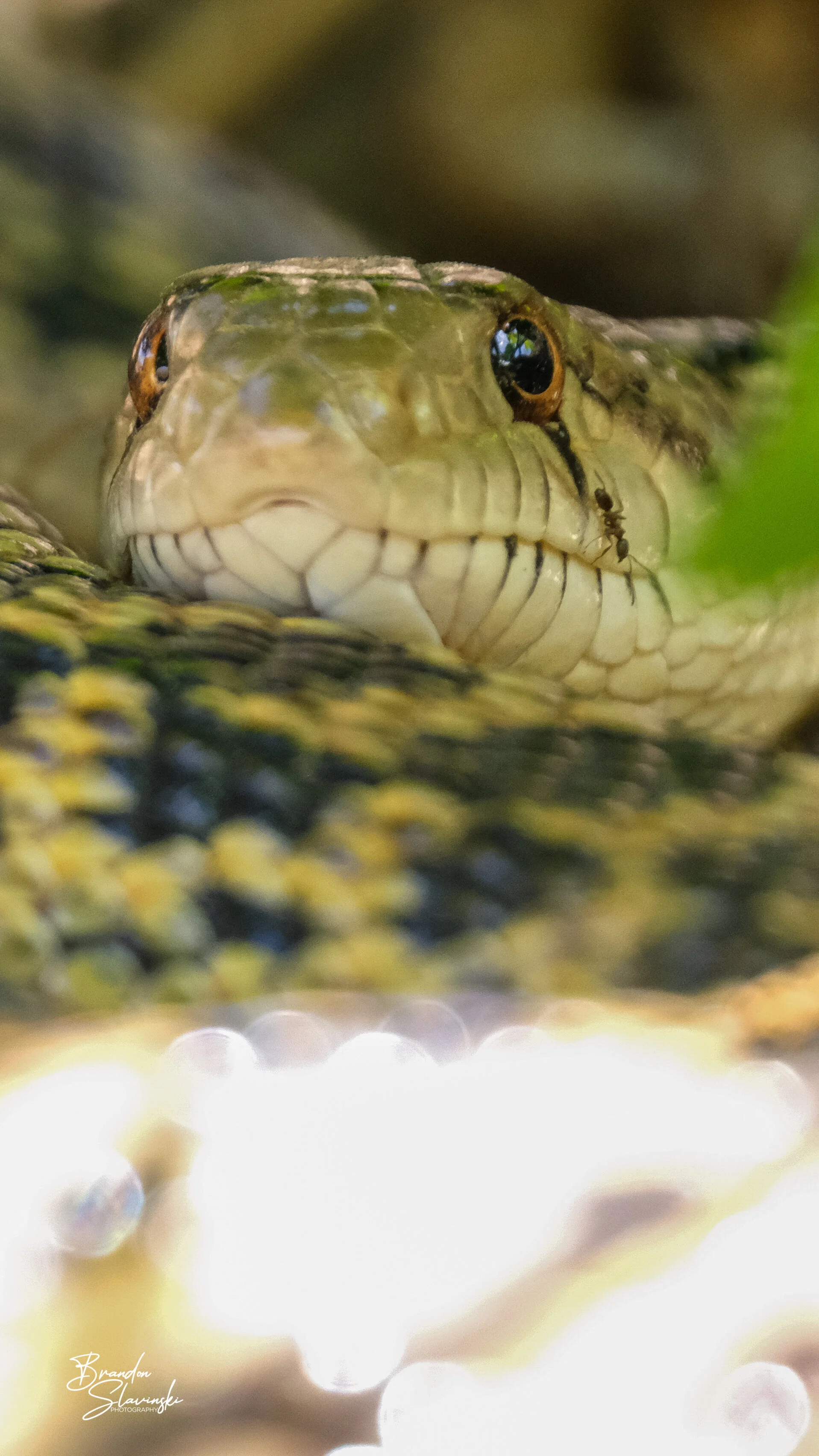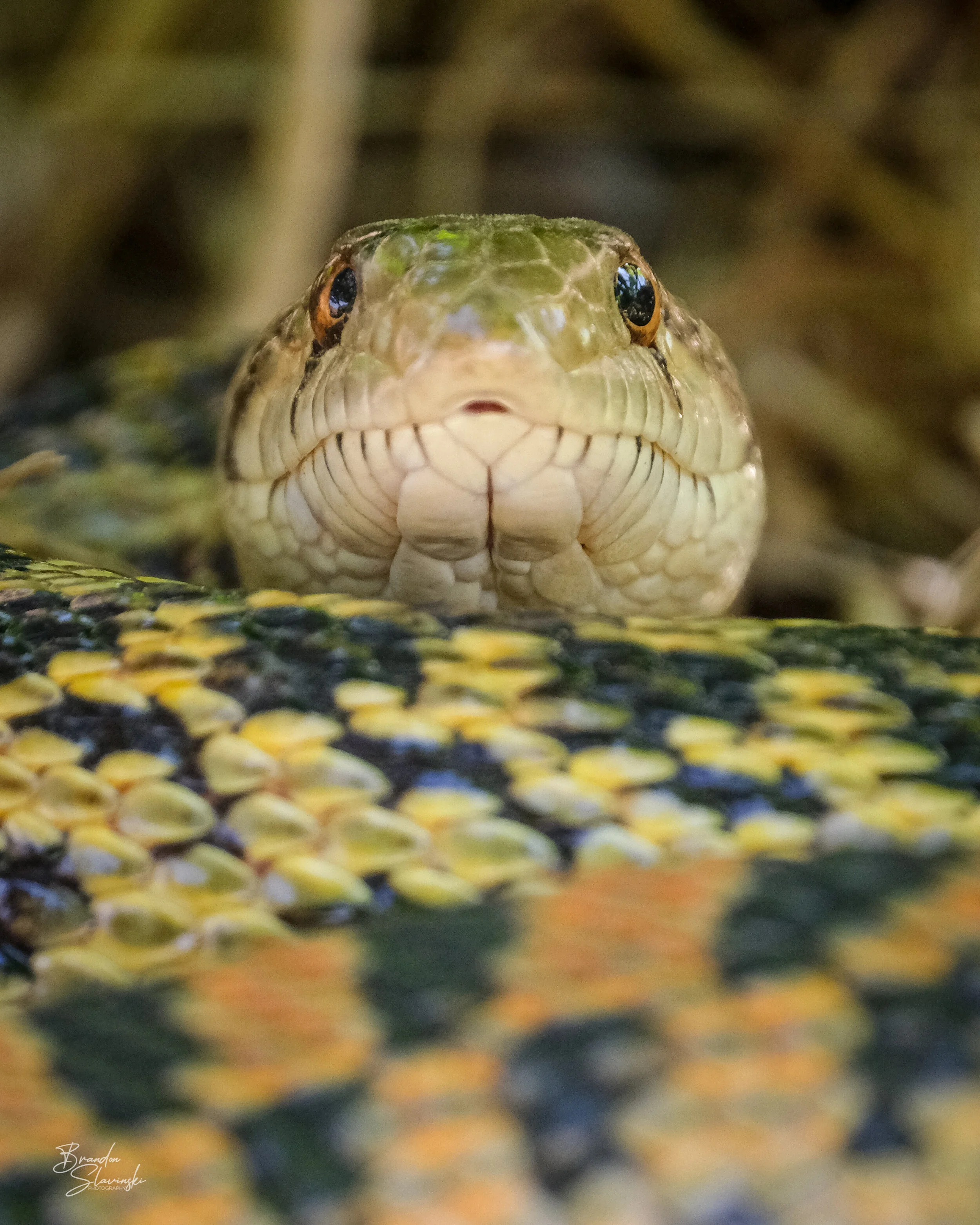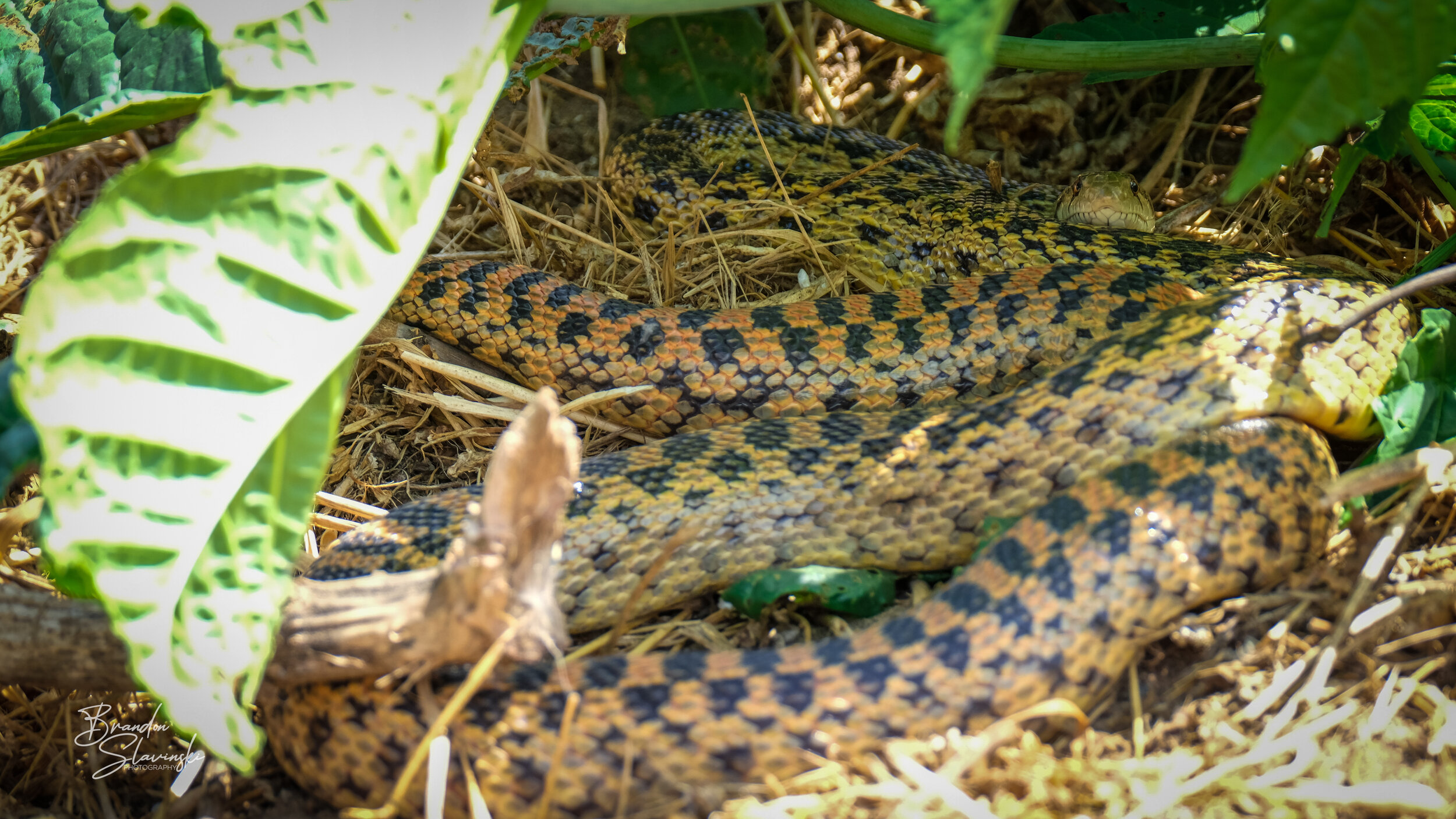Always on an adventure throughout California, I’m fortunate to come across so much beautiful wildlife - sometimes in the strangest little pockets of preservation.
Normally I only see a few snowy egrets scattered around, but just the other day there were about 6 or 7 all hanging around a drainpipe from one reservoir to the ocean where tiny fish were feeding of the drain as the egrets fed on them! Fun fact: A collection of egrets is defined by many nouns, including a "herony", "congregation", "skewer", "RSVP", and "wedge" of egrets.
Check out my video below to observe snowy egrets on the hunt while interacting with their environment.
SNOWY EGRET FACTS:
The snowy egret is a small white heron native to North, Central and South America. They can be found in wetlands like marshes, riverbanks, lakesides, pools, salt marshes and estuaries - where they’ll feed on fish, crustaceans, insects, tiny reptiles, snails, frogs, worms and crayfish.
They sometimes stalk their prey in shallow water, often chasing after it or shuffling their feet, flashing prey into view by swaying their heads, flicking their wings or as seen in this video - vibrating their bills in the water creating a ripple to attract fish. Their unique s-shaped neck only bends vertically, but not side to side.
The beautiful plumage of egrets was once hunted to decorate women’s hats - which brought the population down to extremely low levels. Now, they’re protected in the US by law under the Migratory Bird Treaty Act in 1918 and are now thriving.
Scroll down to see some of my favorite select snowy egret shots from my adventures around California.
Thank you for checking out my blog! Want more beautiful wildlife? Click on the image below to follow me on Instagram and like, comment and subscribe on my Youtube Channel.










